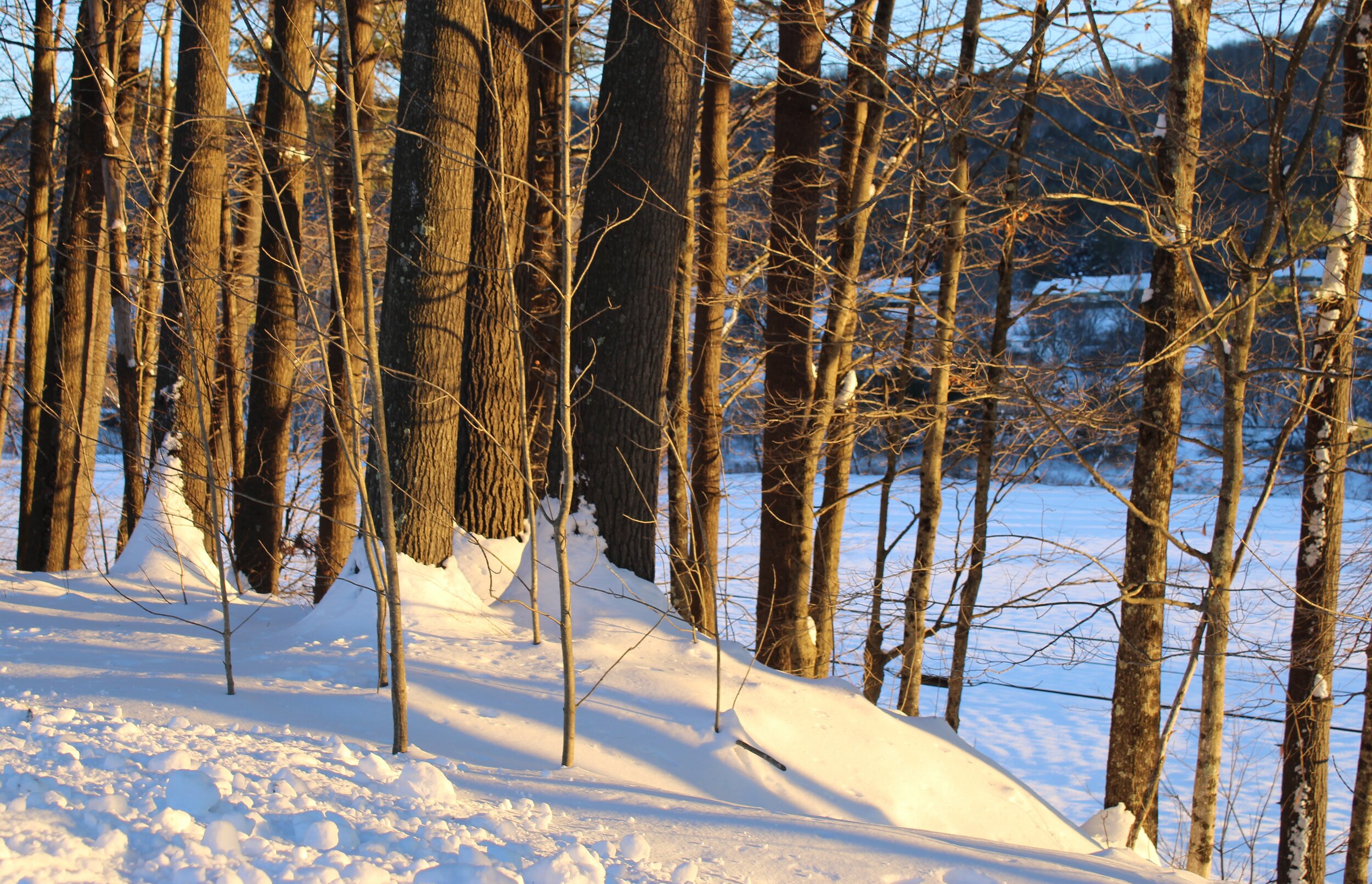New bill aims to strengthen invasive species prevention
Trees in the late-afternoon sun along River Road in Woodstock, Vermont. (Gareth Henderson Photo)
The push to revitalize forests being destroyed by invasive species will have new funding, if a new bill wins approval in Congress.
U.S. Rep. Peter Welch of Vermont, who reintroduced the legislation on Thursday, emphasized the link between the environment and the economy. The bill would also fund efforts to stem future infestations of invasive pests and pay for relevant federal studies.
“Invasive species are devastating to forests which are a central part of Vermont’s economy and our way of life,” Welch said. “This bill will fund efforts to revitalize damaged forests and highlight the need for making this a priority within the federal government.”
More than 200 tree species growing on nearly two-thirds of forestland in the continental U.S. will be threatened by non-native insects and pathogens over the next decade. The most prominent trees threatened with extinction include American chestnut, elm, and ash. Vermont’s ash trees in particular are threatened by the Emerald Ash Borer, an invasive beetle first discovered in Vermont in 2018 that is taking a heavy toll on local forests. The Vermont Woodlands Association is one of the sponsors of the bill.
“After many years of working with our friends at the Center for Invasive Species Prevention, Vermont FPR (Forest, Parks and Recreation), private forestry, academia, and other invasives nonprofits, VWA is proud to support the Invasive Species Prevention and Forest Restoration Act as an important legislative initiative in the work to restore America’s trees under threat of ecological extinction from invasives,” said Al Robertson, Secretary of the Vermont Woodlands Association.
Welch’s bill does the following:
Expands the USDA’s Animal and Plant Health Inspection Service’s access to emergency funding to combat invasive species when existing federal funds are insufficient and broadens the range of activities that these funds can support.
Establishes a grant program to support institutions focused on researching methods to restore native tree species that have been severely damaged by invasive pests.
Authorizes funding to implement promising research findings on how to protect native tree species.
Mandates a study to identify actions needed to overcome the lack of centralization and prioritization of non-native insect and pathogen research and response within the federal government, and develop national strategies for saving tree species.
Though we have many urgent needs today relating to human survival, it’s critically important that we stay focused on the needs of our environment. Decisively addressing the impact of invasive species is crucial to protecting the vitality of our landscape. For Vermont and many states, that goes to the heart of creating a sustainable economy. Rural economies and their business ecosystems often depend on maintaining a healthy environment, since that’s a huge part of what attracts new residents, keeps visitors returning, and ensures money for businesses in the high season.
Sometimes, it’s easy to make the assumption that the natural world will always be there, in the healthy state we’ve depended on for so long. But it takes work to sustain that, and efforts like this bill help that work successfully continue, so we can support a strong environment — a crucial part of Vermont’s economic future and its very identity.
— Gareth Henderson
